Motorcycle Investor mag
Subscribe to our free email news
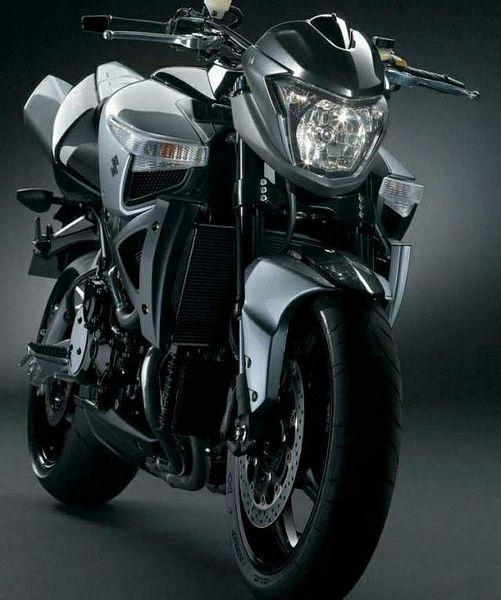
Future classic – Suzuki GSX1300BK B-King
by Guy ‘Guido’ Allen, November 2020
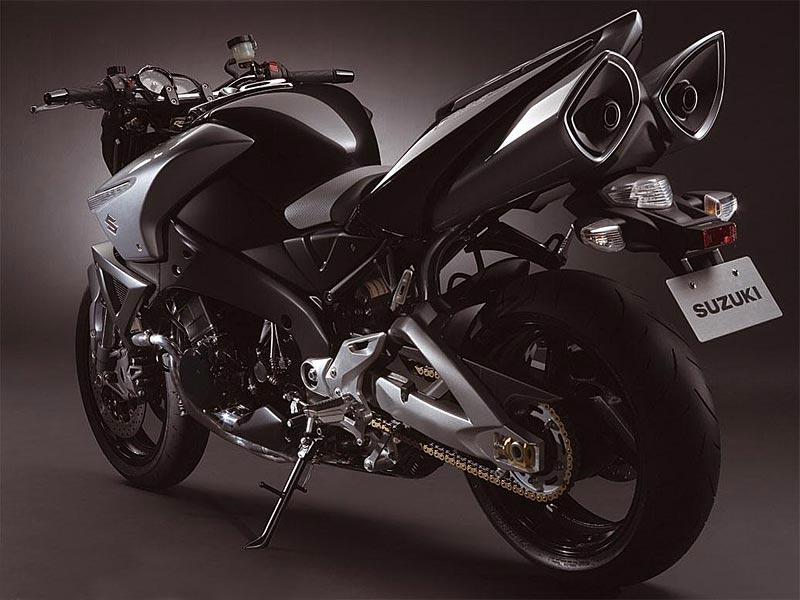
Muscle King
It may not have delivered completely on the wacky original promise, but the B-King is worth owning
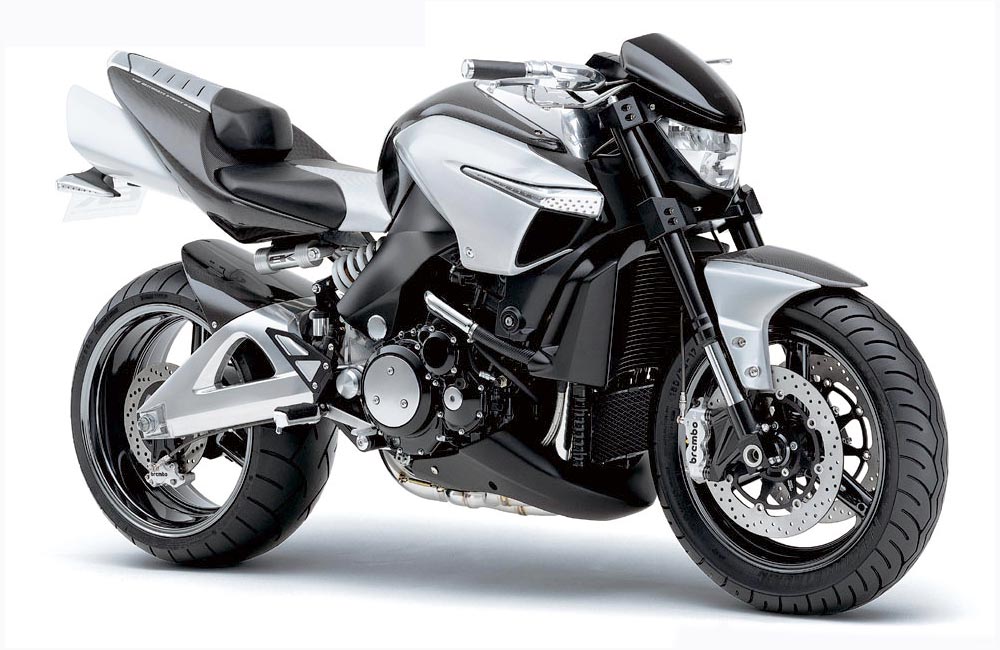
You have to think back to the Tokyo show of 2001, when Suzuki showed off a concept bike (above) that was a stand-out – no easy feat, since there are no rules when it comes to showmanship in this environment. It was the first B-King – a combo of Hayabusa engine, a supercharger and bull-at-a-gate cosmetics. Nothing wrong with any of that.
Though it’s often been a conservative manufacturer – sticking to a good idea for years when it sees one – this was a stand-out.
Something which baffled many of us was how long the idea took to go from concept (2001) to reality (2007). Part of the ‘problem’ was the wild, angular, post-apocalyptic styling. It was out-there in 2001 and still was in 2007.
Then there was the promise of a supercharged Hayabusa engine – now that’s enough to get any petrolhead’s attention. 240-ish horses was bandied about as a figure – clearly ridiculous at the time, but it would have seen queues back to the bus-stop at motorcycle showrooms, just before the police were called and the whole idea ended in tears.
In hindsight, the 240 figure isn’t that crazy. Now. A 200hp bike doesn’t raise eyebrows any more and 220 or better is in easy (if pricey) reach for modifiers. Just as an aside, I’ve owned a 220hp modded Hayabusa for over 16 years (see the story here). And we've seen Kawasaki deliver on several supercharged bikes across recent years. See, the original concept wasn’t such a big reach, after all – though it seemed so at the time.
When Suzuki (finally!) launched the production version of the B-King, there was a bit of groaning and angst that it didn’t have the promised supercharger. If you asked, you were told the development costs and subsequent retail price were just too steep to gain wide acceptance. That’s probably right, given the costs of Kawasaki’s later supercharged series.
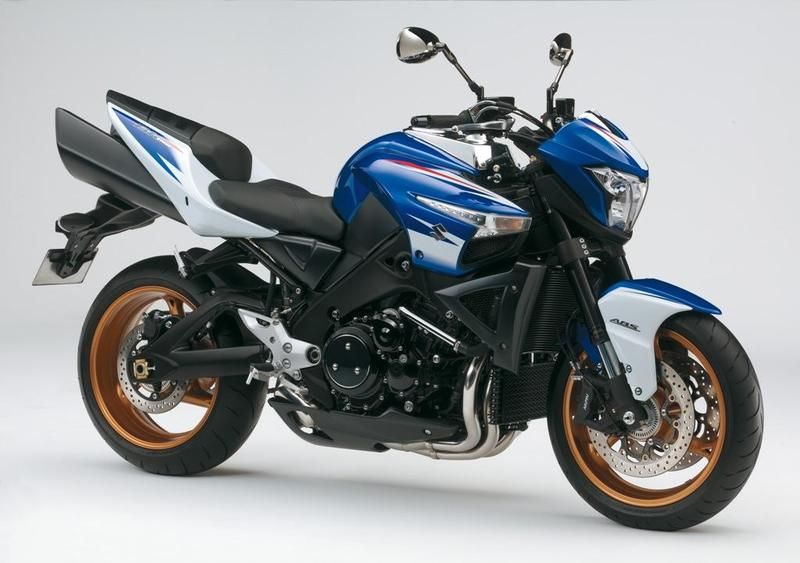
What did we get? To Suzuki’s eternal credit, with the production bike (above) it was brave enough to stick very close to the original concept model when it came to styling. How that got through the marketing department is one of the great mysteries of our time.
Really, those crazy amplified triangular-profile exhausts were straight out of a steam punk movie. How in hell did they get through? Match them to the blunt tunnel-vision headlight set - there is an end-to-end styling theme on this machine – and you have to wonder. The term ‘brave’ barely covers it.
What’s most frustrating about the B-King is the recorded history is so thin. I want to know who did the styling and how or why they went that way. Then talk to the project chief who managed to weasel the whole idea through the long and circuitous process of getting it through marketing and manufacturing to become a reality. There’s a story in there, because getting the concept through to production, in a form so visually close to the original, is rare.
What we ended up with was a Hayabusa powerplant in Mk2 form, which means the 1340cc unit. It was tuned for 181 peak horses at 9500rpm (down just 9 from the host machine), while max torque was a claimed 146Nm at 7200rpm. That’s a fairly peaky engine.
What disguised the high-revving character was relatively short gearing. Where a fully-faired Hayabusa in slightly higher tune should hit the 299km/h limit with no drama, this thing was going to pull up in the 250 range. Which is fine. It’s a naked bike.
The production package wasn’t just a reworked Busa. Its frame, a sophisticated twin-spar alloy job, was unique to the model, as was the swingarm and suspension. The latter featured full adjustment at both ends, reinforcing the idea this wasn’t just a poor strip-down of the original.
In the saddle, the B-King proved to be a very sophisticated bit of kit, and seriously fast. If you had the ability and reflexes to keep the front wheel on the deck, it was capable of beating a stock second-generation Hayabusa to 190km/h. Drag strip times in the high nines were possible.
It also showed the benefits of drawing many of its parts from the second-gen Hayabusa – more crisp throttle response, and better-sorted driveline including a more forgiving clutch.
There were benefits from the chassis update too, such as sharper radial-mount four-piston front brakes, which were much better than the six-spotters on the gen one Busa, and suspension that had moved on a generation.
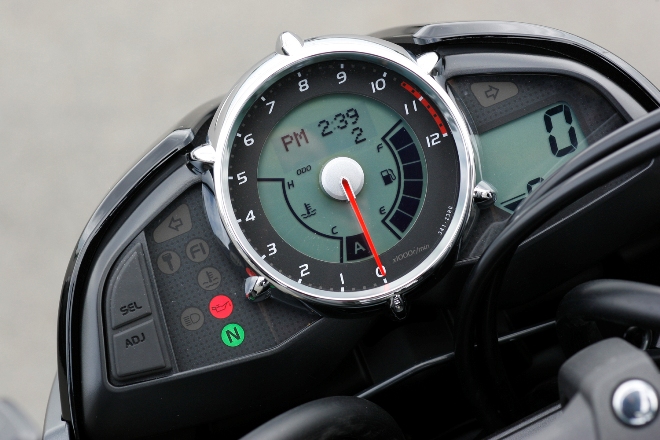
Get in the saddle and, despite the visuals, it was a friendly ride. You were at little risk of unintentionally flipping the bike in the lower gears, as it had a variant of the 64-bit ECU that first did service from 2003 in the late first-gen Hayabusa. That means it was programmed to distinguish what gear you were in and vary the throttle response accordingly – mild in first and second and wilder as you shifted up.
Light the wick, and it was a serious performer, with no gaps or dips between take-off and max speed. A combo of short gearing and ample power will do that.
Gear-shifting was typical Suzuki – accurate with a light clutch for the six-speed trannie.
My lasting impression of the early test bike was how well it handled. Steering was light and the suspension was general road-use friendly with a good degree of control. It felt heavy and substantial, but well-mannered. The odd mid-corner bump didn’t upset the plot and it responded well to a little mid-corner change of plot.
The only cloud? It wasn’t a light machine – 235kg claimed dry, which is 10 or more than a Busa. Such is the price of styling.
Fuel consumption was decent – around 16km/lt, which wasn’t bad given the short gearing. The fuel tank had about 16 litres you could actually use.
When I first rode one, in 2007, it represented a high point in performance naked bikes. Of course BMW had its impressive K1200R out at that stage and soon upped the ante with its more angry K1300R. That would make a formidable pair to have in the shed: B-King and the 1300 Bimm.
Servicing is pretty straight-forward for anyone familiar with late-model in-line Japanese 16-valve fours. Regular oil changes, watch the coolant, and do the valve lash at 20,000km intervals at worst – shorten that if you’re worried.
When it comes to buying, I would walk away unless the owner can supply the original mufflers/exhaust system. It doesn’t have to be fitted, in fact a bike with an aftermarket exhaust and a carefully packaged original is perfect.
Beyond that, I’d be looking at general condition and something that hasn’t been made too weird by some cashed-up aftermarket drug-induced fantasy.
These things are robust, so any evidence of servicing is good.
At the moment, the prices seem to be floating around the 6-10 grand mark, a little more for something exceptional
There’s no guarantee a B-King will ever become hugely valuable. But its history, looks, and ability suggest there should be a modest market for them over the long term. Plus their minor cult status gives them a shot at becoming a classic, though new sales were terribly disappointing for Suzuki.
And you know the real attraction? It’s a true muscle bike – one of the good ones.
See our Gen 1 Hayabusa review here
***
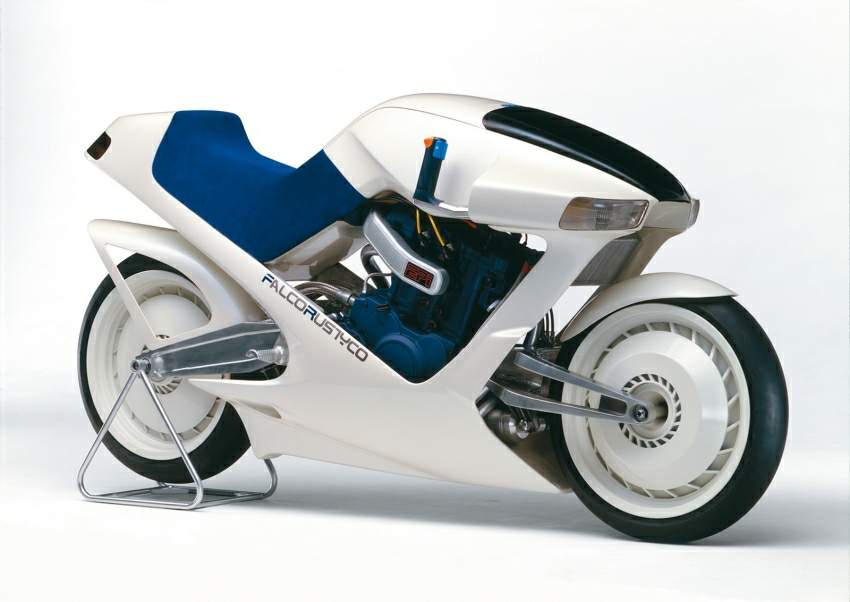
Brave concepts
The B-King was one of a list of stand-out concept bikes from Suzuki. Its previous best was the Falcorustyco, shown in 1985 – or the year the GSX-R750 launched. That was a plausible concept with swingarms at both ends and hydraulic drive. Adventurous, but not out of the question, since engineers and inventors worldwide were playing with those very features.
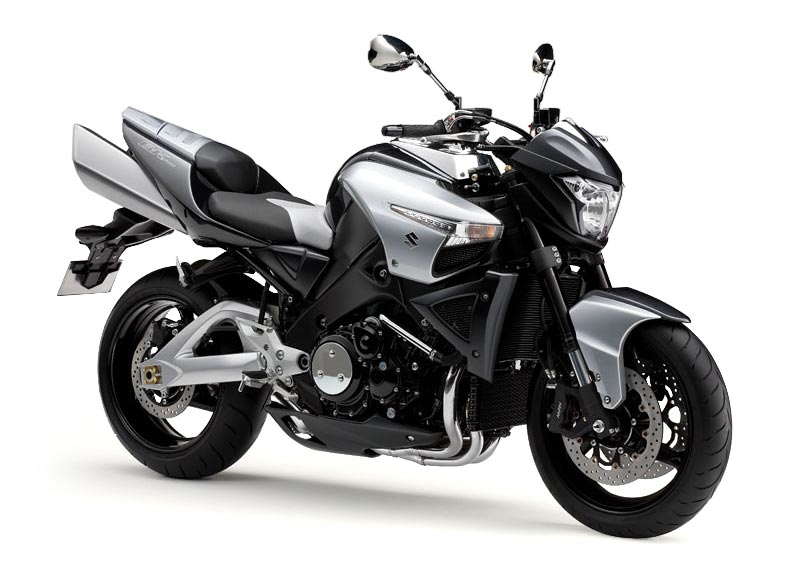
B-King stuff
Good
Quick and capable
Lots of attitude
Not expensive
Not so good
Wild styling too much for some
No supercharger
SPECS:
SUZUKI B-KING (2007-2012) GSX1300BK
ENGINE:
TYPE: Liquid-cooled, four-valves-per-cylinder, in-line four
CAPACITY: 1340cc
BORE & STROKE: 81 x 65mm
COMPRESSION RATIO: 12.5:1
FUEL SYSTEM: Fuel injection
TRANSMISSION:
TYPE: Six-speed, constant-mesh,
FINAL DRIVE: Chain
CHASSIS & RUNNING GEAR:
FRAME TYPE: Alloy twin-spar
FRONT SUSPENSION: USD fork, full adjustment, 120mm travel
REAR SUSPENSION: Monoshock, full adjustment, 137mm travel
FRONT BRAKE: 2 x 310mm discs with 4-piston caliper
REAR BRAKE: 260mm disc with 1-piston caliper
DIMENSIONS & CAPACITIES:
DRY WEIGHT: 235kg
SEAT HEIGHT: 805mm
WHEELBASE: 1525mm
FUEL CAPACITY: 16.5L
WHEELS & TYRES:
FRONT: 3.50 x 17
REAR: 6.00 x 17
PERFORMANCE:
POWER: 132kW (181hp) @ 9500rpm
TORQUE: 146Nm (108lb-ft) @ 7200rpm
-------------------------------------------------
Produced by AllMoto abn 61 400 694 722
Privacy: we do not collect cookies or any other data.

Archives
Contact




